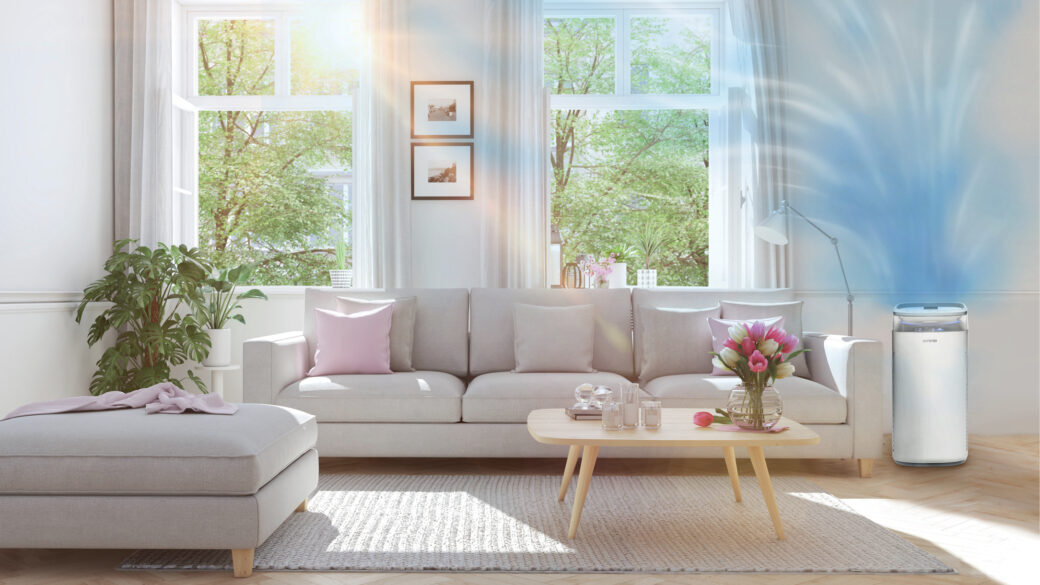7 ways to get cleaner air at home

Did you know that even in the comfort of your own home, you could be exposed to a range of air pollutants daily? These can originate from furniture, building materials, mold and mildew build-ups and even air fresheners. So, how can you improve the quality of air in your home in order to feel really cosy in it?
Here are some ways that will help you reduce indoor air irritants right away:
1. Keep your windows open. This way you will prevent the irritants to stay locked in your home. Even a few minutes a day is can help, but if you feel the need, you can also create a stronger draft by opening windows on opposite sides of the room if possible.
2. Vacuum often. As rugs and carpets act as their own air filters, trapping dust and other particles in their fibres, it’s a good idea to clean them at least once or twice a week using a vacuum cleaner equipped with a HEPA filter. Opting for hard-surface floors instead of wall-to-wall carpeting may also cut down on allergens in the home.
3. Grow indoor plants to freshen the air. Plants are nature’s own air filters. Growing a few indoor plants can do wonders to improve the air quality in your home. Small plants like ferns and lilies (which bloom indoors) and larger palm trees are the best options to pull contaminants out of the air. Not to mention the effect plants have on people’s wellbeing.
4. Change air filters regularly. This will help you properly maintain HVAC equipment and maximize its effectiveness.
5. Use cooking vents. Many indoor air pollutants come from the kitchen, so it’s a good idea to switch the vent on before you preheat the oven, and leave it running for a few minutes after you’ve finished cooking. It’s also recommended to use it in the bath and laundry areas if possible.
6. Minimize the use of candles or lighting wood fires and – this one goes without saying – ban smoking inside the home. Reducing pollutant sources is the best way to improve air quality.
7. Use an air purifier. Placed in the most commonly used areas of the house, these devices, ionic purifiers in particular, can help capture some of the irritants that may trigger allergy symptoms. You’re probably not going to be able to remove these allergens completely, but you can reduce them, which may help the problem.




